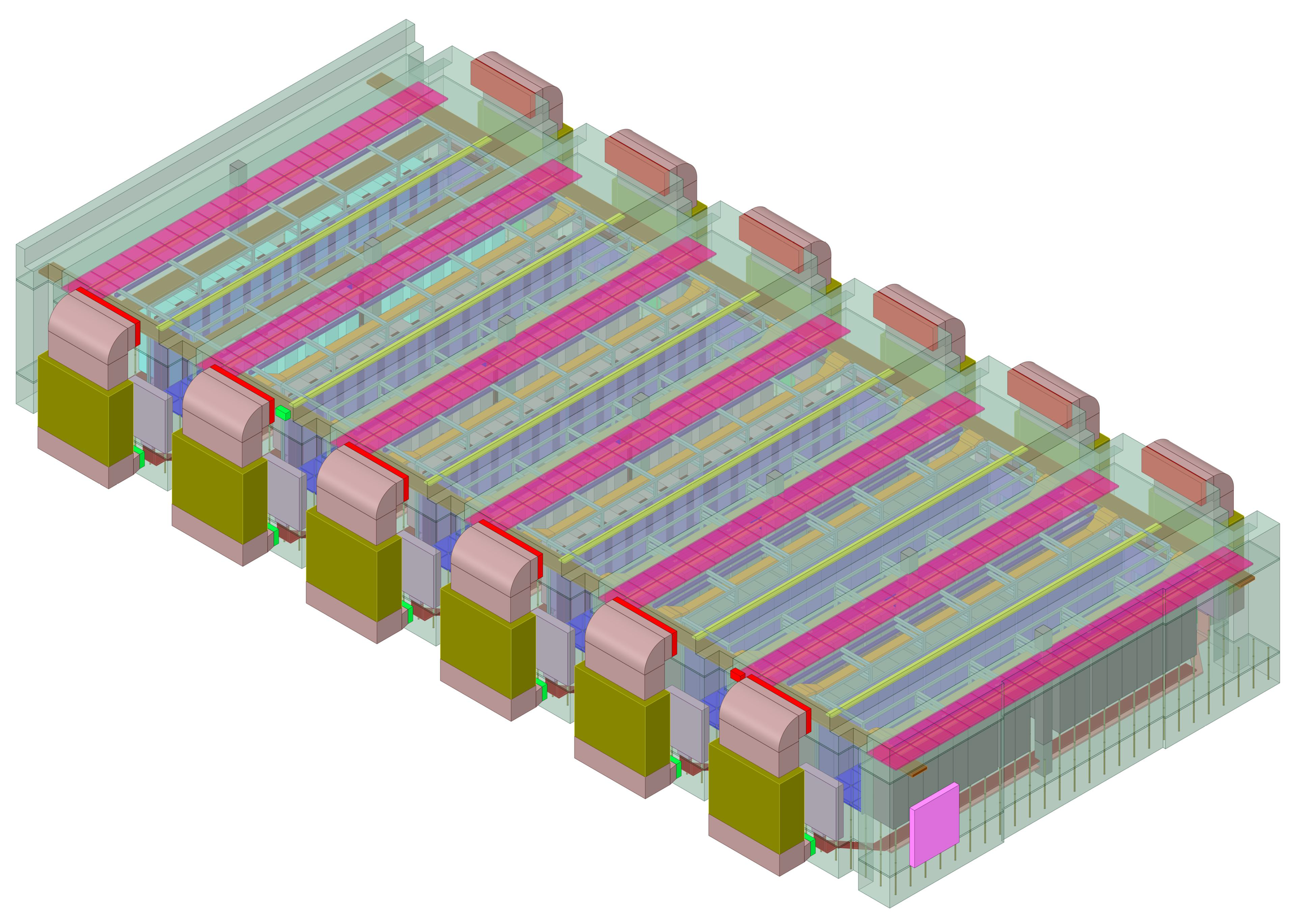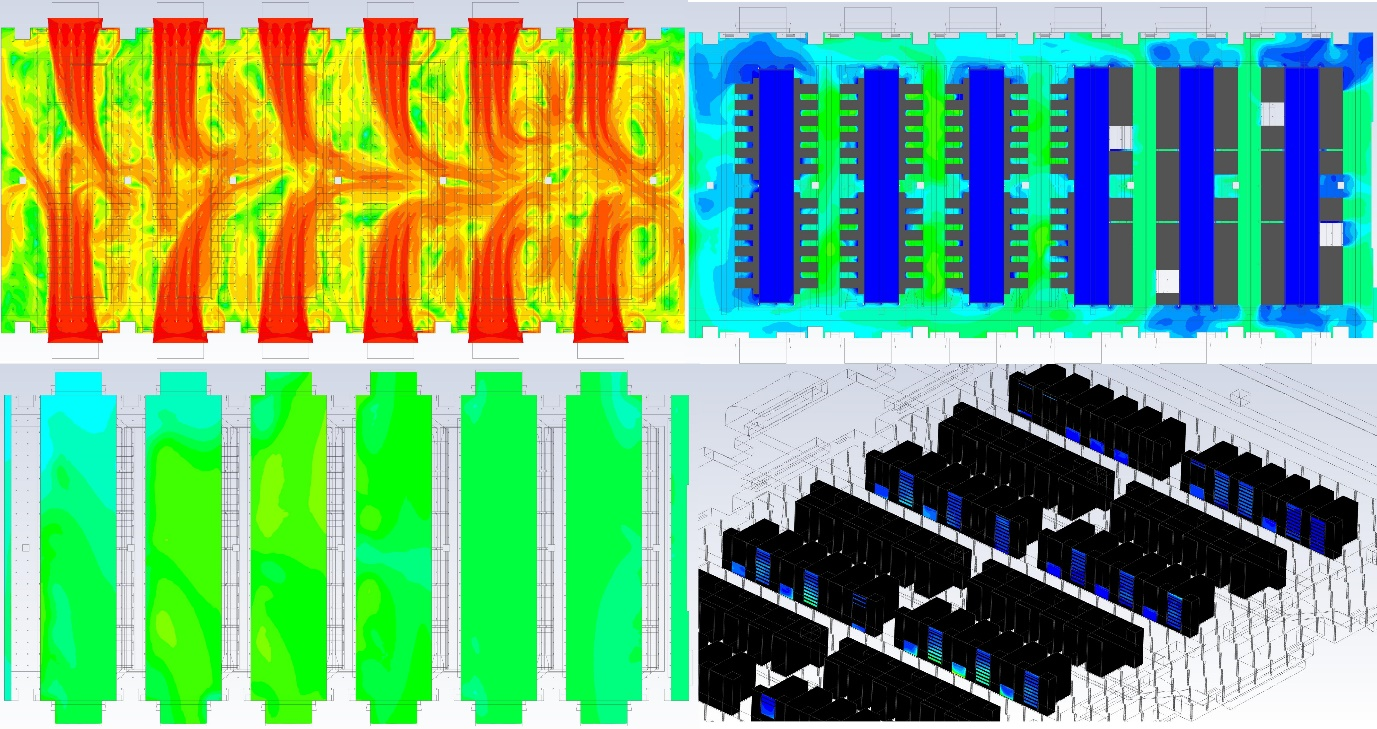1. Introduction to Data Center CFD Analysis
A data centre is a high-value, mission-critical infrastructure that houses computer servers that produce a high amount of heat. This requires the right amount of cooling, and any limitations can lead to equipment failure due to overheating. Data center CFD Analysis is a significant part of optimizing the cooling system design for the data halls.
Data center CFD Analysis enables engineers to visualize and analyse the performance of the cooling system design with respect to,

i. Designed CFD Analysis
ii. increase in the heat loads,
iii. change in equipment layout,
iv. failure scenarios
v. Day one analysis
vi. Leakage analysis
2. Objective of Data Center CFD Analysis
In this study, the analysis was carried out for the following scenarios,
-
Baseline model with all the units running.
-
N+2 Mode with 8 Working and 2 Standby
-
Failure Mode – Transient simulation with failure scenario.
The main objective of the Data center CFD analysis for the Project owners/contractors/design consultants is to check the following:

-
To check whether the proper air circulation is maintained or not.
-
To check whether the proper temperatures at the inlet of the server racks, i.e., within ASHRAE recommended range in normal operation, are maintained or not.
-
To check whether there are any hot spots on the server rack inlets.
-
To verify whether all IT and Network equipment are within the designed temperature range.
-
To check whether the proper temperatures in the hot aisle are maintained or not without hot spots in the data hall.
3. Modelling
Per the inputs and design drawings received, we prepared a detailed 3D model of the complete data hall in the CFD Software.
Detailed modelling of the data hall and the below raised floor was done including the server racks and other obstructions like cable trays, supports, trusses, electrical panel, Perforated metal ceiling tiles were considered.
The Air conditioning system for the data hall was designed with CRAC units to cool the data hall area. Appropriate boundary conditions for the suction and discharge air opening with its dimensions, flow rate, temperature, and RH were applied. Hot and cold aisle containments were considered as per the design provided. Then, the heat loads of the server racks, lighting, and other equipment loads were used in the model based on the input provided. Temperature distribution and pressure differences should be uniform to maintain the conditions inside the room
4. Conclusion:

Upon completion and approval of the 3D model report, a steady-state CFD Simulation was performed to study the velocity and temperature to study the performance of the design cooling system.
It was observed from the study that there was no low velocity regions and the air velocity patterns inside the data hall was properly distributed and the obtained server rack inlet temperature were within the designed temperature.
Overall, it was concluded through Data Center CFD Analysis that the provided design of Data Hall was satisfying the client requirements.

